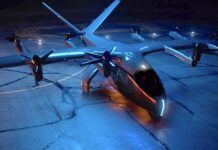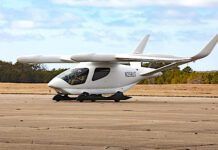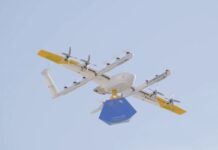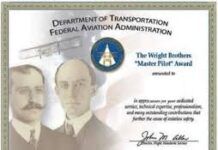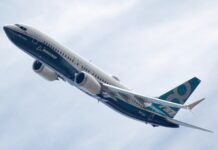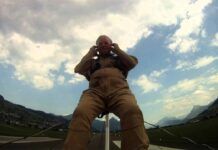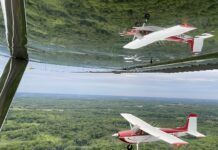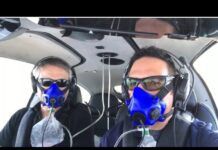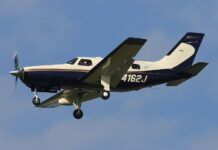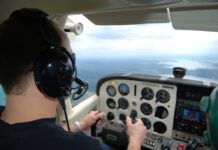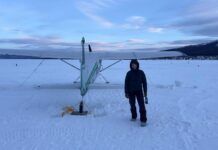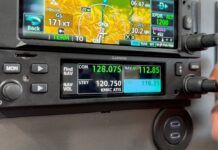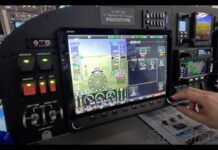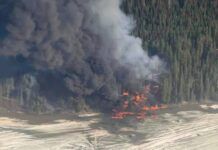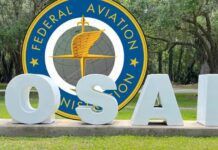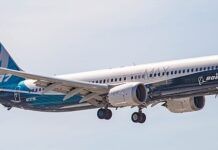Flight Service Stations
Your question this week about the FSS and quality of services prompt me to send this letter with additional comments (QOTW, Dec. 1).I’ve had a long association with Flight Service Stations as a user. I started in aviation when I was 17 and we had a FSS on the field. Every morning I would go in and talk with the specialists. This is where I learned about weather. I learned to read the reports and charts.Now, some 30 years later, my office is across the ramp from an AFSS. I know many of the briefers and consider them good friends. They are always helpful and most briefers are top quality. Like any organization, there are a few that they could do without, but for the most part, they are great.When we lost the ability to get a “walk-in” briefing, we lost a lot. The personal touch, the viewing the graphics in person. Briefers became nothing more than high-paid weather “readers.”However, and fortunately for pilots, about that same time, personal computers were evolving and most pilots now have their own PC and access to a vast array of weather resources.The only thing missing is the absolute latest info on TFRs. Of course the AOPA site has done a great job of helping pilots with TFRs, but the last-minute ones are better accessed via FSS.This week I toured the FSS and got a chance to see their new weather graphics system (OASIS). If pilots had access to that, there would be no need for pre-flight briefings from FSS. They could eliminate most of the positions and save the taxpayers a ton of money.That being said, their in-flight services still remain a vital part of the air system and would be greatly missed.Name withheld by request
Ice: So That’s How American Pilots Do It
Regarding the recent story about “polishing ice” (NewsWire, Dec. 6):I cannot believe there is any pilot alive who thinks it’s safe to take off with ice of any kind on the airframe, especially on the wings. Absolute madness …Mike Delahay
Pumpkin Bombers in 1945
Great story, especially the B-25 (Skywriting, Nov. 25).Did you know that the B-29 crews of the 509th Special Bombardment Group, the group whose aircraft flew the atom bomb missions over Japan, trained with dummy bombs beforehand? The bombs were large, round replicas of the Fat Man plutonium bomb, and were painted orange to signify that they were test bombs.These special bombs were code-named Pumpkins.J. Malin
Cell Phone Interference
I have been reading lately that the FCC is considering allowing cell phone use at altitude and that the FAA will be inviting comments on the subject. Recently on approach to Montreal, a passengers’ cell phone signal caused considerable interference on our light twins’ comm frequency to the point of disrupting communications with ATC at this critical point in the flight. I’m curious if others have had this or similar real world experience with cell phone interference.Angelo Iannuzzo
Compressed Gas Bottles
Regarding the airlines’ refusal to ship the life vests and rafts (NewsWire, Dec. 9), I recently had the experience of having TSA refuse my certified Aviator’s Breathing Oxygen bottle. I was returning from a ferry flight and carrying my flight bag, which was my only piece of luggage. Inside was one of the little portable Mountain High oxygen bottles with its regulator and mask attached. The TSA inspector made me unscrew the bottle and vent the oxygen before he would let me pass. (He did suggest I could put it in my checked baggage, but from our report, it looks like that’s a no-go also.)The excuse was that, although the oxygen is not flammable, it “supports combustion.” (Huh? How about the paper in the flight bag?)Egon Frech
What has happened to fellow pilot Michael Magnell is something that also happens to pilots in Puerto Rico and the U.S. Virgin Islands, and other neighboring countries. This is an issue that should be addressed by the pertinent U.S. government regulatory agencies, since when you ship either a life raft or life vest, it is considered a hazardous cargo, and you get charged as such. This is totally ridiculous, especially since all commercial passenger aircraft have a life vest with CO2 bottles under each seat plus the required life rafts on the overhead cargo bins.Why can’t we check our own life vests and life rafts as carry on luggage on commercial flights? We do ferry flights either for sales or maintenance and survival gear is part of the equipment we need to safely carry out our flights..Francisco Bac
Phoenix FanJet Price
You should have checked with your accountants about the price of the Phoenix FanJet (NewsWire, Dec. 9). Based on Phoenix Web site direct operating costs projections, they think the airplane should sell for $1,875,000, but they don’t say if that is Canadian or U.S. dollars. They project the hull insurance premium to be $112.50/hr x 250 hrs per year = $28,125, and they further disclose that is 1.5% of the hull value, so we can calculate the assumed hull value at $28,125/1.5% = $1,875,000.Thanks for a great year of aviation reporting — nothing happens at my office on Monday and Thursday mornings until I have read AVweb.Jim Mehling
AVweb Replies: Thanks for figuring all that out for us, Jim. Assuming your math is correct, looks like Diamond, Eclipse and Adam are safe for awhile. (Assuming their math is correct). Russ Niles Newswriter | ||



